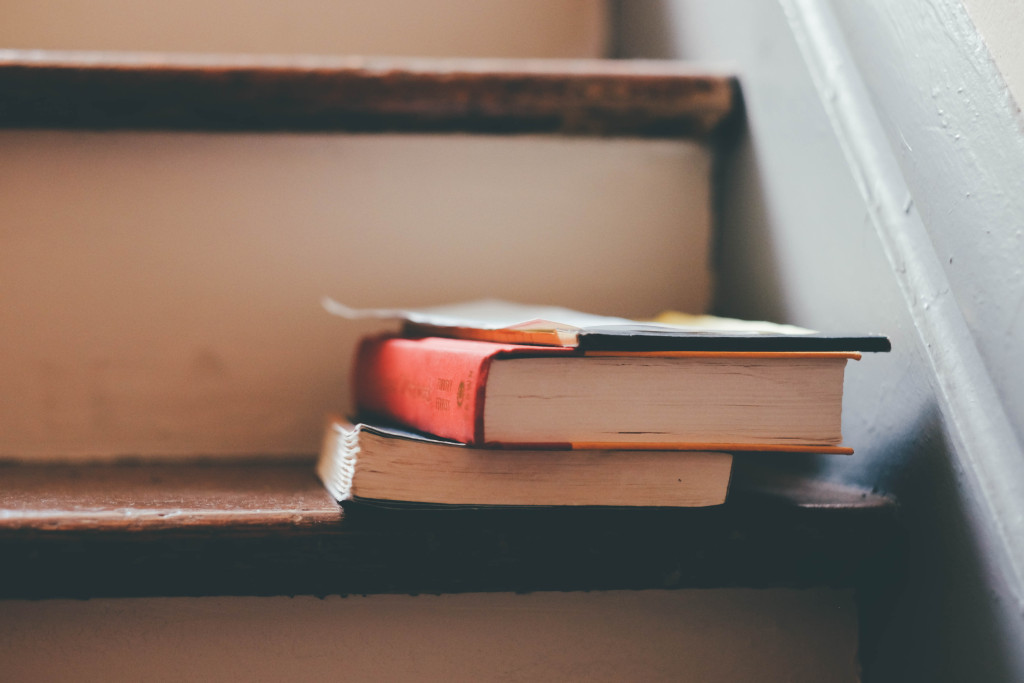Let’s categorize these three figures of speech as “substitutions.” We’re going to explore three devices that make a point indirectly, but no less effectively.
You may be familiar with allusion (not to be confused with illusion). It’s a brief, indirect reference to something or someone—usually a character or event from history or literature, or has some cultural significance. Whatever is alluded to must be familiar enough to the reader that they understand its importance. Note the qualities or characteristics conveyed in these allusions:
Regardless of where people fall on the political spectrum, most agree that Donald Trump brings a Midas touch to most of his endeavors.
Midas touch is a reference to the mythological King Midas; everything he touched turned to gold.
The town fathers were concerned that without adult supervision and additional regulations the proposed concert would become another Woodstock.
Woodstock, a three-day rock concert held near Woodstock, New York in 1969, is considered the nexus of the countercultural generation.
Despite her Ivy League education and silk-stocking upbringing, public speaking proved to be the ingénue’s Achille’s heel.
The sentence offers a trifecta of allusion: Ivy League is a reference to elite, East Coast colleges (Yale, Harvard, etc); silk-stocking upbringing refers to the wealthy region of a locale; Achille’s heel is another mythological reference. This one to a person’s point of weakness or vulnerability.
A closely related figure of speech is the eponym—a word that derives from another person’s name based on some characteristic or historic contribution. [bctt tweet=”Our English language is full of [eponyms] and often we don’t even realize we’re using one.”] Consider: we use
- Webster in place of dictionary because Noah Webster is regarded as the inspiration behind the earliest comprehensive lexicon;
- valentine refers to one’s sweetheart or the greeting cards exchanged on February 14 in observance of Saint Valentine and the celebration of romantic love;
- sandwich was the culinary concoction of the Earl of Sandwich;
- and quixotic is a reference to impractical idealists in the manner of Don Quixote’s Cervantes.
Because eponyms are only useful when they refer to a famous person/event, they tend to be clichés. But used sparingly, and creatively, they can add the right touch to poetry or prose.
While [bctt tweet=”an eponym draws on a person’s name, an epithet uses an adjective or adjective phrase that draws on a key characteristic of the subject/noun.”]
Historically, epithets were attached to a ruler to describe their character. They gave us Richard the Lionhearted and Catherine the Great. Over time, epithets were used to distinguish one individual from another. And as human nature is wont to do, the distinguishing characteristic was not necessarily a positive one. Hence these colorful epithets: Hallbjorn Half-Troll, Ulf the Squinter, Hjorleif the Womanizer, and Ketil Flat-Nose.
But when the adjective modifies a noun in an atypical way it can be refreshingly effective. Don’t these epithets create memorable images?
- sagging house;
- a dancing mountain stream,
- a politician’s flabby rhetoric.
And isn’t that our goal in our writing—to communicate clearly and memorably?







1 Comment
Written in your unmistakable and very helpful style. Thanks!